Cu Chi Tunnels - The guerrilla warfare
Cu Chi Tunnels are a vast network of underground tunnels that are close to Ho Chi Minh City (formerly known as Saigon), Vietnam. They were crucial in the Vietnam War. They are a well-liked tourist destination and a symbol of the tenacity and creativity of the Vietnamese people.
Historical Significance:
The Communist guerrilla combatants known as the Viet Cong, who battled against the South Vietnamese government and its allies, were responsible for the first digging of the Cu Chi Tunnels during the Vietnam War (1955–1975). The Viet Cong used these tunnels as a strategic base, using them as a place to hide, as well as for communication and supply lines.
Location:
About 40 kilometers northwest of Ho Chi Minh City, in the Cu Chi district, are the Cu Chi Tunnels. They extend from the suburbs of Saigon to the Cambodian border, covering a vast region of tunnels totaling about 250 kilometers.
Construction and Design:
The tunnels were built by hand with rudimentary equipment and inventiveness. They are made up of a complex system of tunnels that house facilities such as residences, warehouses, command posts, medical facilities, factories that produce weapons, and traps. Some of the tunnels reached a depth of 10 meters and were constructed in stages. The layout permitted ventilation and covert entrances that blended well with the surrounding vegetation.
Features and Layout:
There were various portions within the tunnels, each with its own function. Working spaces, sleeping quarters, conference rooms, and even amusement theaters were all included in the portions. These parts were connected by tiny passageways, some of which were barely wide enough for a single person to crawl through. To hinder and hurt the adversary, certain tunnels had booby traps installed, such as spike pits or secret entrances.
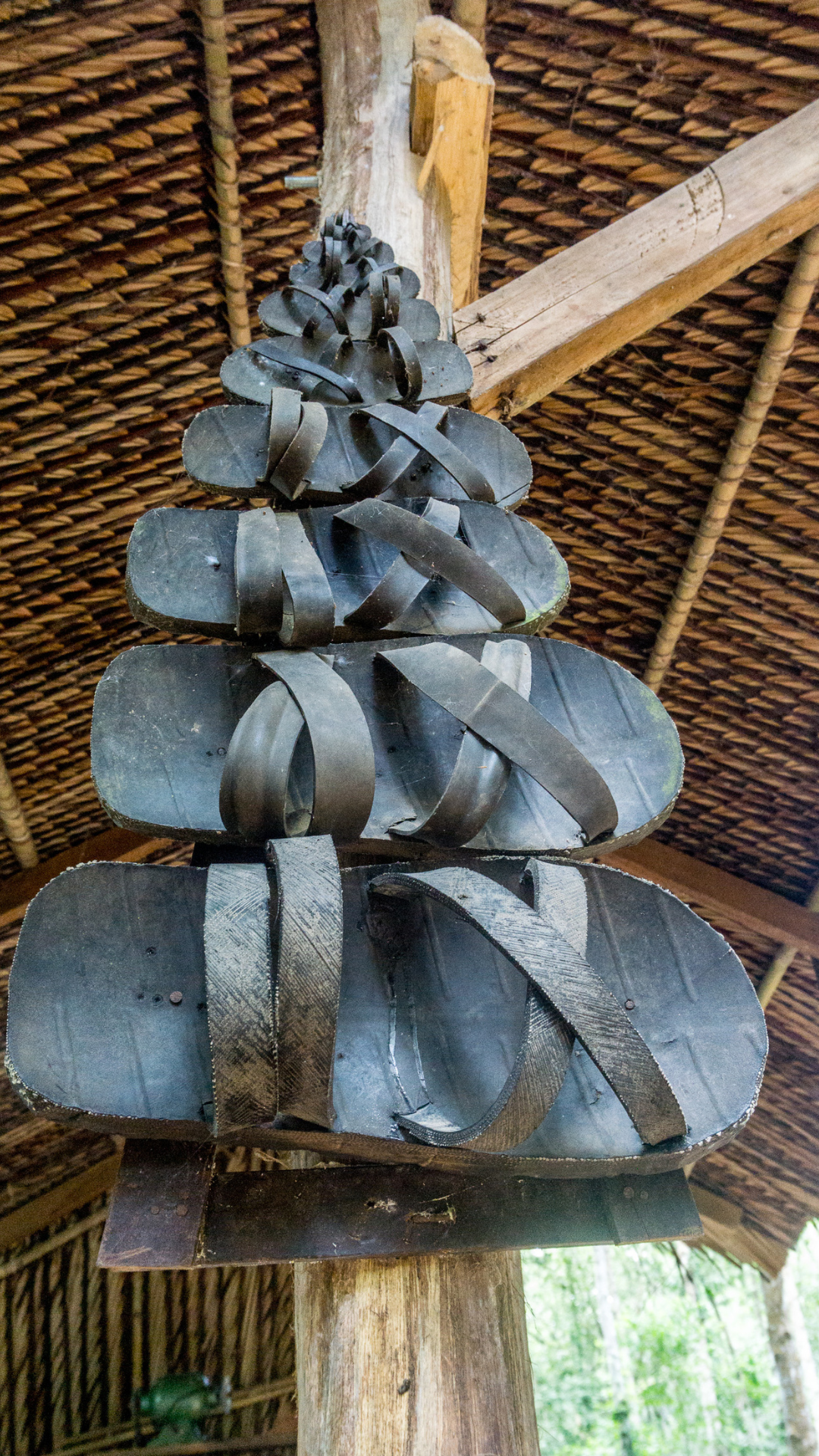

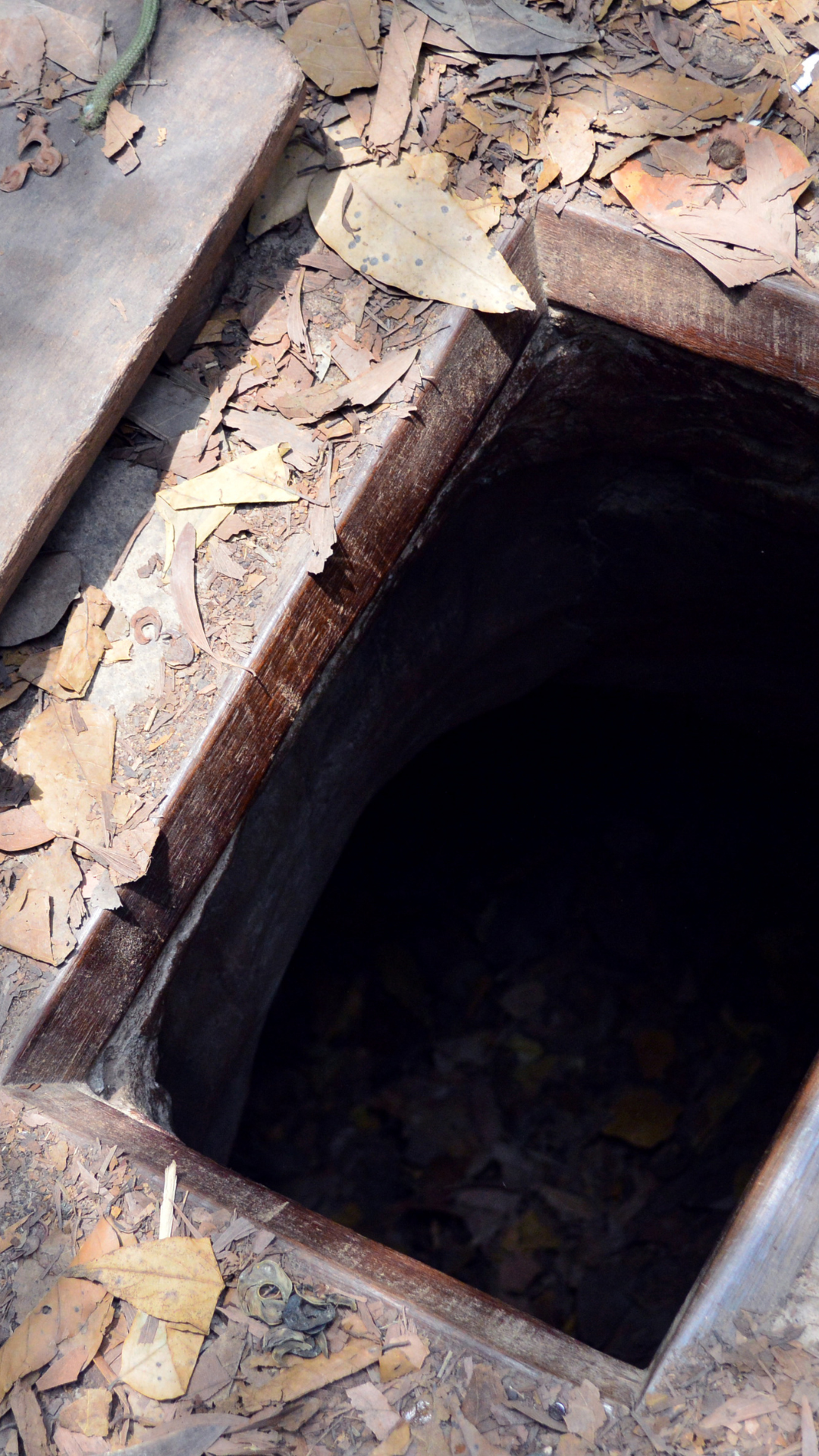


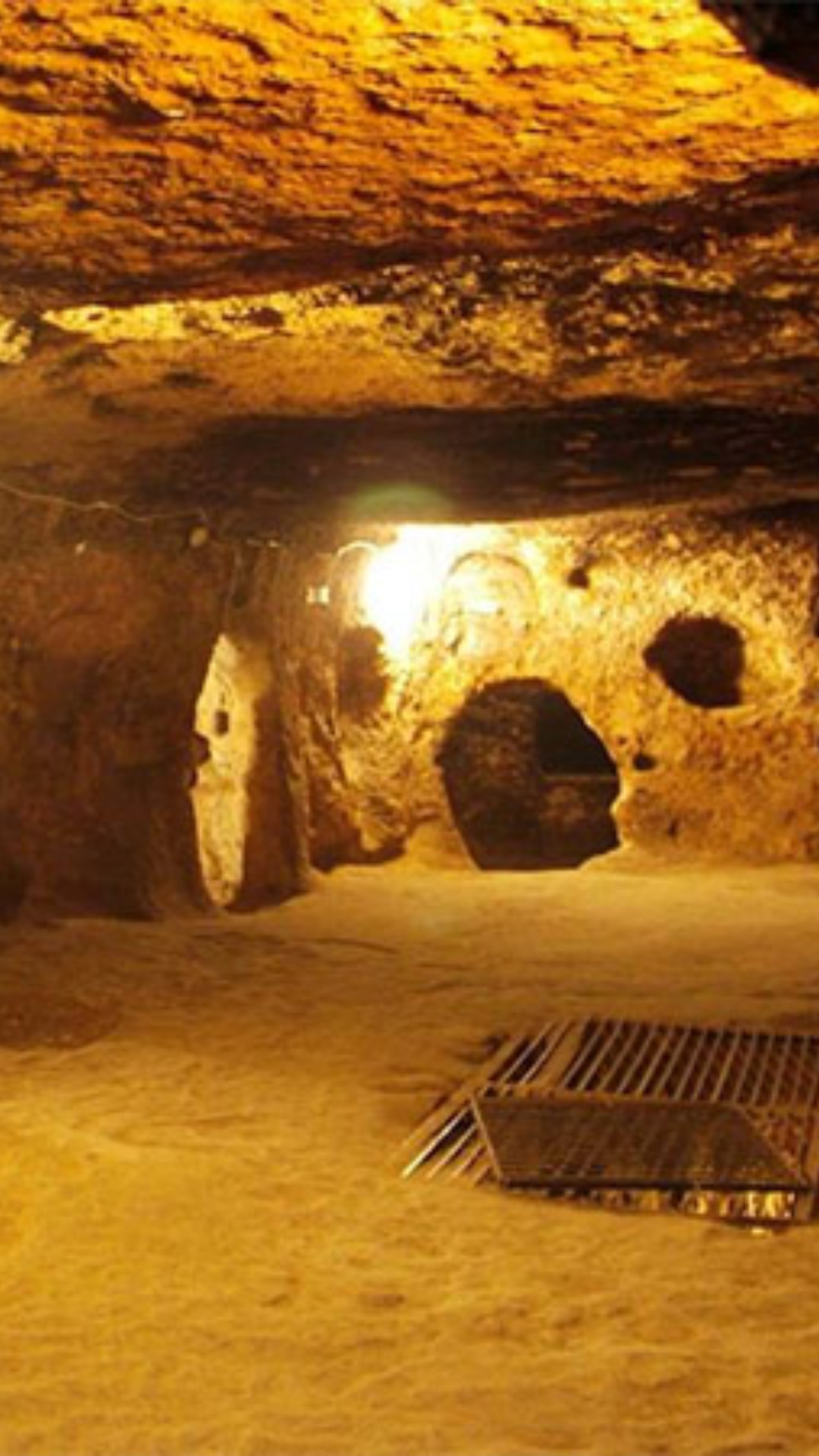
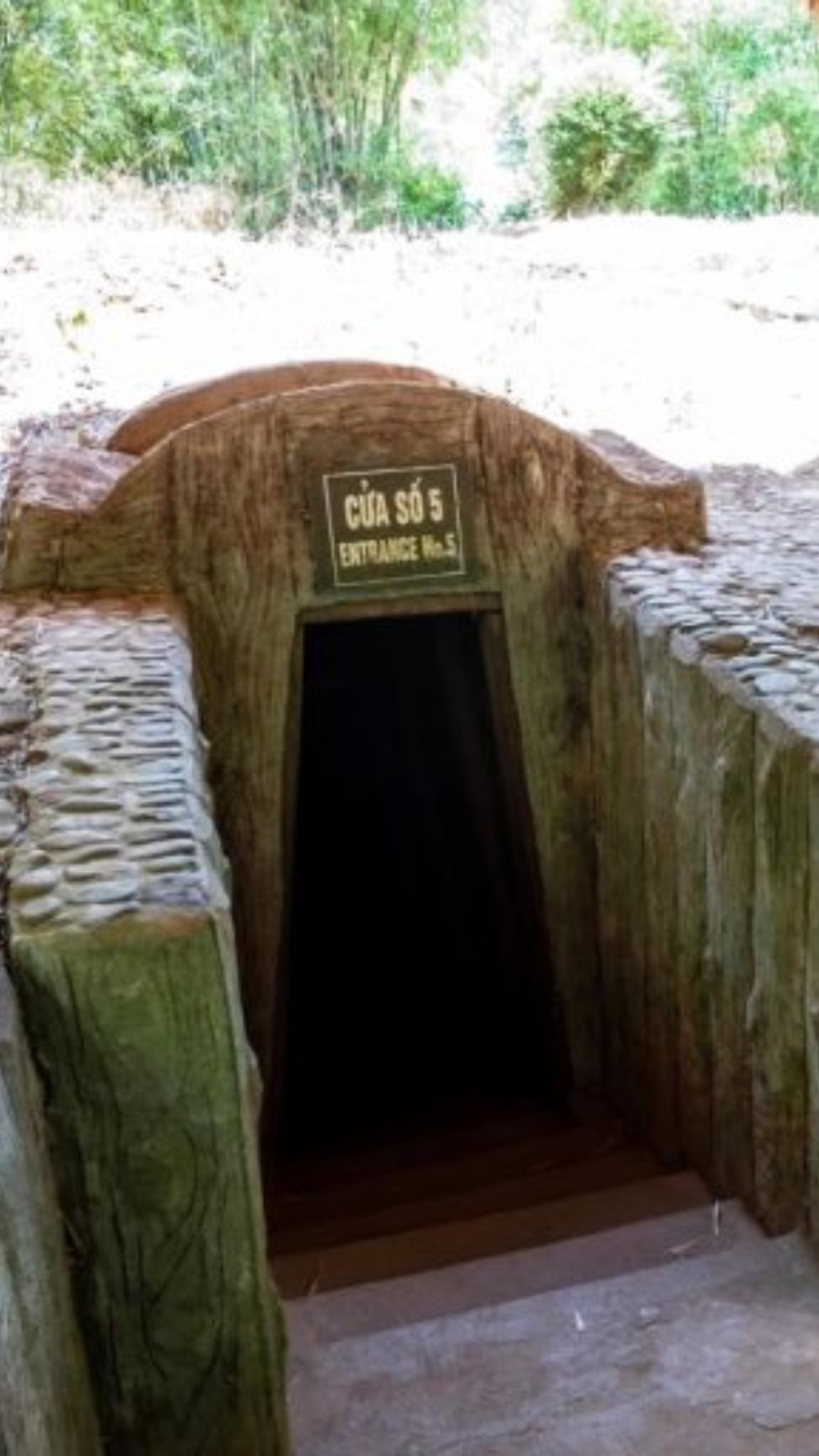
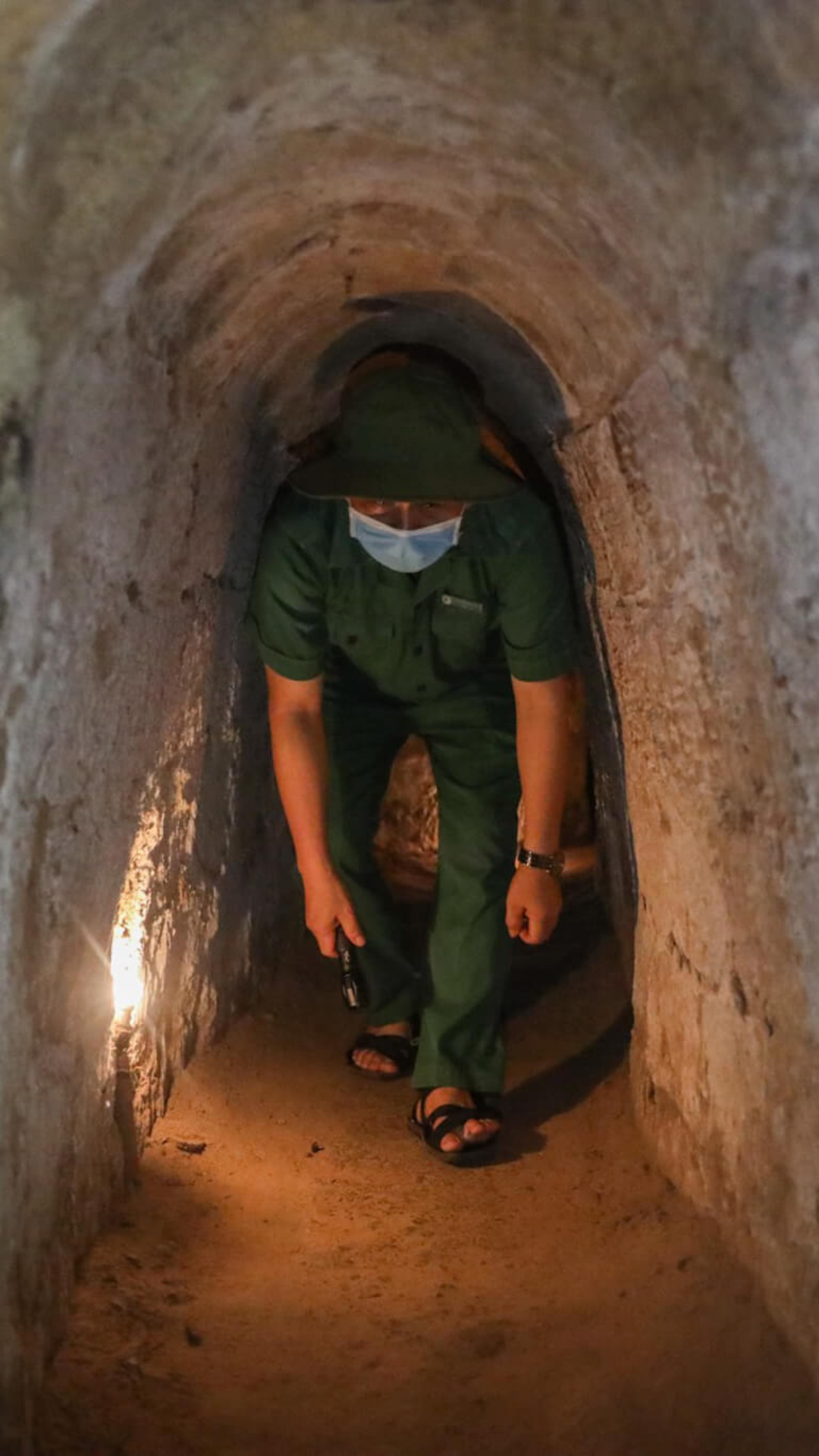

Daily Life in the Tunnels:
The living conditions were very difficult inside the tunnels. The Viet Cong combatants had to put up with crowded quarters, inadequate ventilation, scant food and water supplies, and a continual fear of enemy assaults. Despite these difficulties, they were able to live and conduct their business successfully.
Military Tactics and Strategies:
The Vietnamese resistance to the American and South Vietnamese forces was greatly aided by the Cu Chi Tunnels. The tunnels were utilized by the Viet Cong to make surprise attacks on their adversaries before vanishing underground, making it challenging for the opposition to find and engage them. The tunnels were also used as bases for guerrilla warfare operations and as a location to hide during airstrikes.
Tourism and Visitor Experience:
The Cu Chi Tunnels are a well-liked tourist destination nowadays. Visitors can tour a portion of the tunnels, experience the tight spaces, and learn about the living conditions of the Viet Cong warriors. Along with exhibitions of weapons and historical items, there are demonstrations of the traps used throughout the conflict. The website offers insightful information about the history and struggles endured throughout the Vietnam War.
Preservation and Education:
The Cu Chi Tunnels have been preserved and developed into a historical site to educate visitors about the war. The exhibits and guided tours offer a glimpse into the past, shedding light on the resilience, determination, and resourcefulness of the Vietnamese people.
It is possible to learn more about the history of the Vietnam War and the difficulties that the Vietnamese people encountered at that time by visiting the Cu Chi Tunnels.